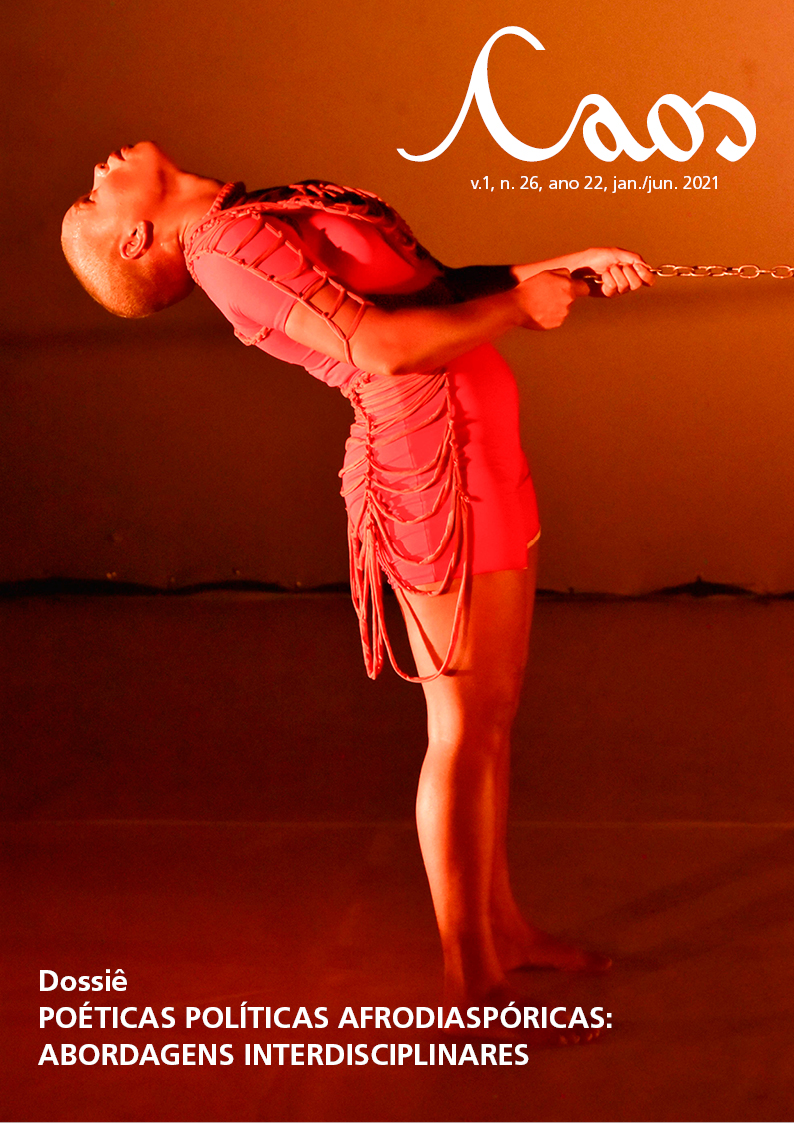IS THE BRAZILLIAN CENTRAL BANK’S “PRICE STABILITY POLICY FAIR”? An application of John Rawls’ theory
DOI:
https://doi.org/10.46906/caos.n26.55897.p198-218Keywords:
John Rawls, Theory of Justice, Public Policy Analysis, VARAbstract
This paper seeks to apply John Rawls' philosophy to a contemporary issue which he did not directly address: price stability policy. Based on the Brazilian context, it examines the adoption of short-term interest rates, by the Central Bank of Brazil (BCB), as an instrument to stabilize prices. It is argued that such an intervention generates an unequal redistribution of resources, which is a reason to judge it in the light of one of the Rawlsian criteria of justice, according to which an institution is fair if its inequalities are justified by virtue of the benefits they bring to the less favored groups. By means of an “Auto-regressive Vectors model”, it explores the assumption that this policy is, in fact, associated with the collective benefit it foresees (namely, price stability). Finally, the theoretical and empirical discussion corroborates the relevance of Rawls' theory on this issue and concludes that the BCB's policy is not fair.
Downloads
Metrics
No metrics found.
Published
Issue
Section
License
Copyright (c) 2021 Pedro Marques

This work is licensed under a Creative Commons Attribution-NonCommercial 4.0 International License.
A Caos é regida por uma Licença da Creative Commons (CC): CC BY-NC 4.0, aplicada a revistas eletrônicas, com a qual os autores declaram concordar ao fazer a submissão. Os autores retêm os direitos autorais e os de publicação completos.
Segundo essa licença, os autores são os detentores dos direitos autorais (copyright) de seus textos, e concedem direitos de uso para outros, podendo qualquer usuário copiar e redistribuir o material em qualquer suporte ou formato, remixar, transformar e criar a partir do material, ou usá-lo de qualquer outro propósito lícito, observando os seguintes termos: (a) atribuição – o usuário deve atribuir o devido crédito, fornecer um link para a licença, e indicar se foram feitas alterações. Os usos podem ocorrer de qualquer forma razoável, mas não de uma forma que sugira haver o apoio ou aprovação do licenciante; (b) NãoComercial – o material não pode ser usado para fins comerciais; (c) sem restrições adicionais – os usuários não podem aplicar termos jurídicos ou medidas de caráter tecnológico que restrinjam legalmente outros de fazerem algo que a licença permita.
Recomendamos aos autores que, antes de submeterem os manuscritos, acessem os termos completos da licença (clique aqui).

















